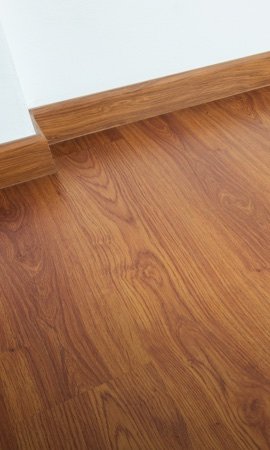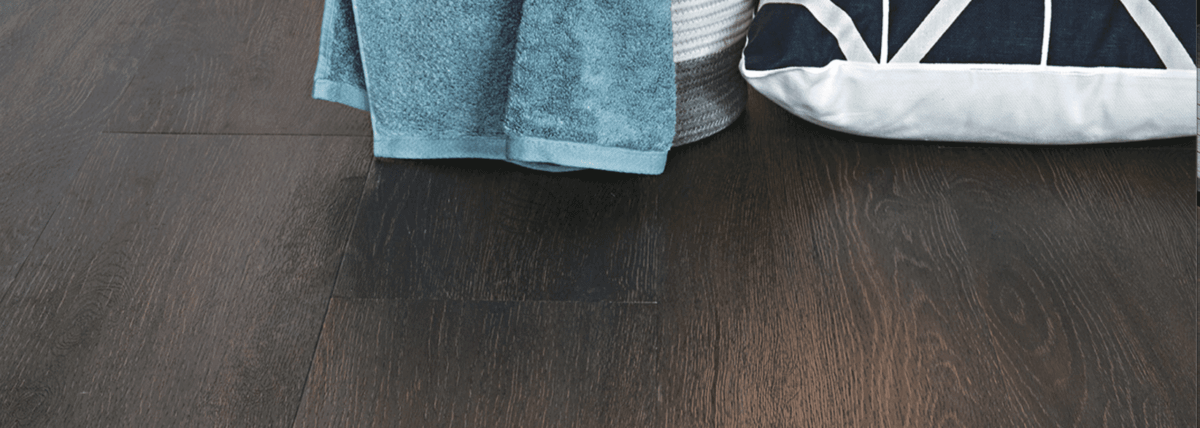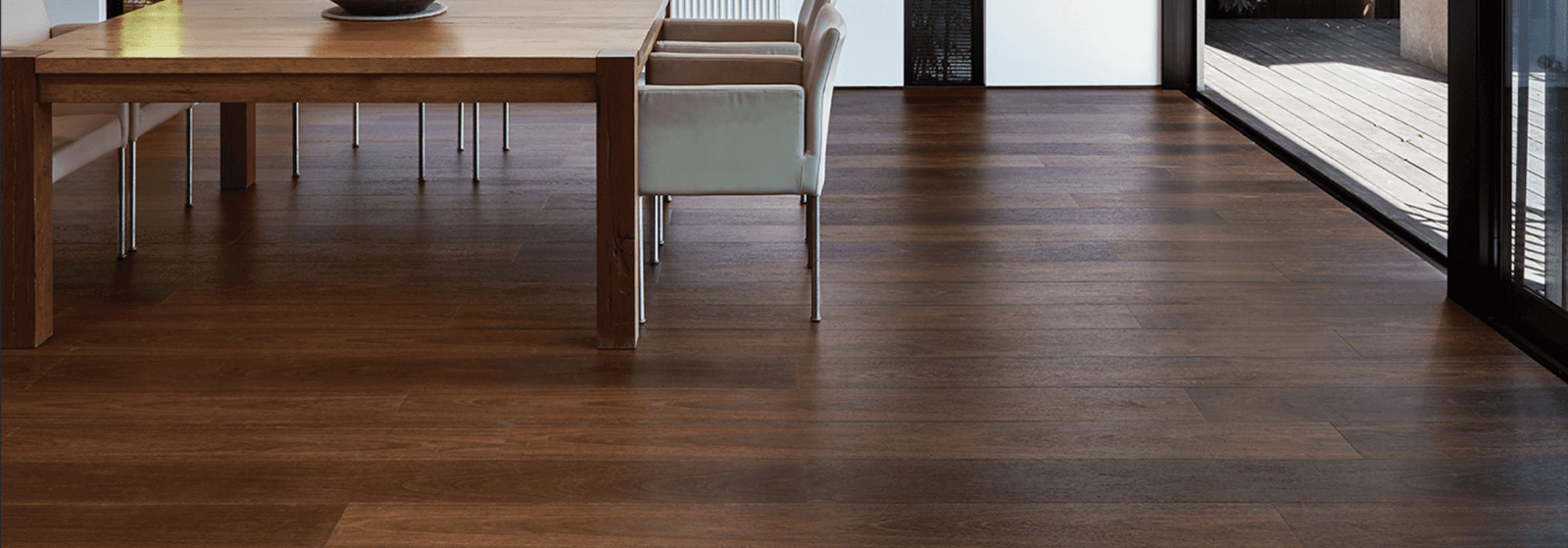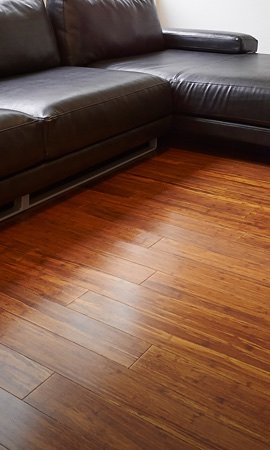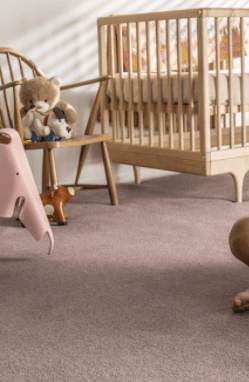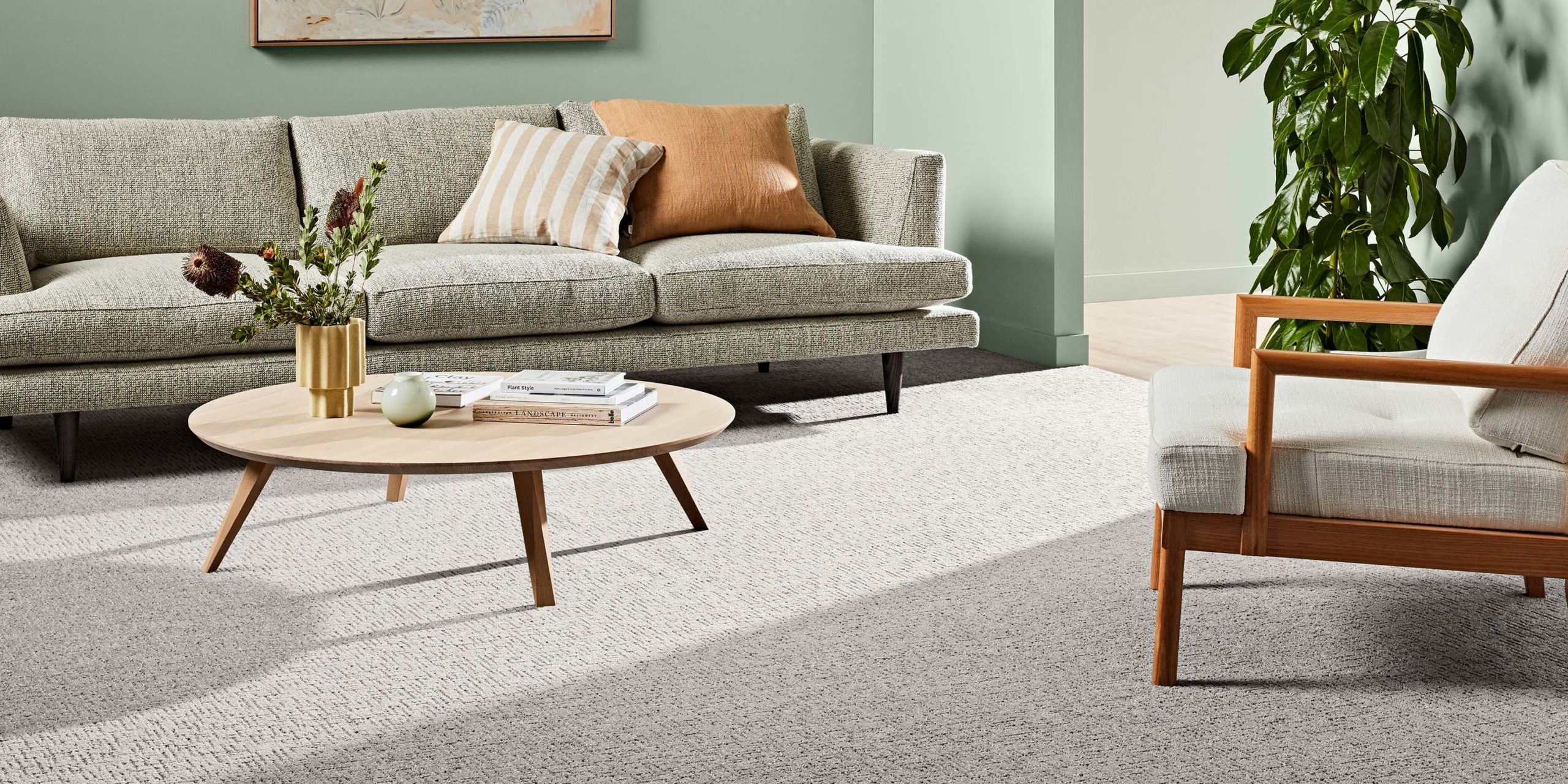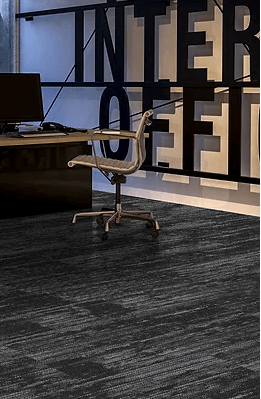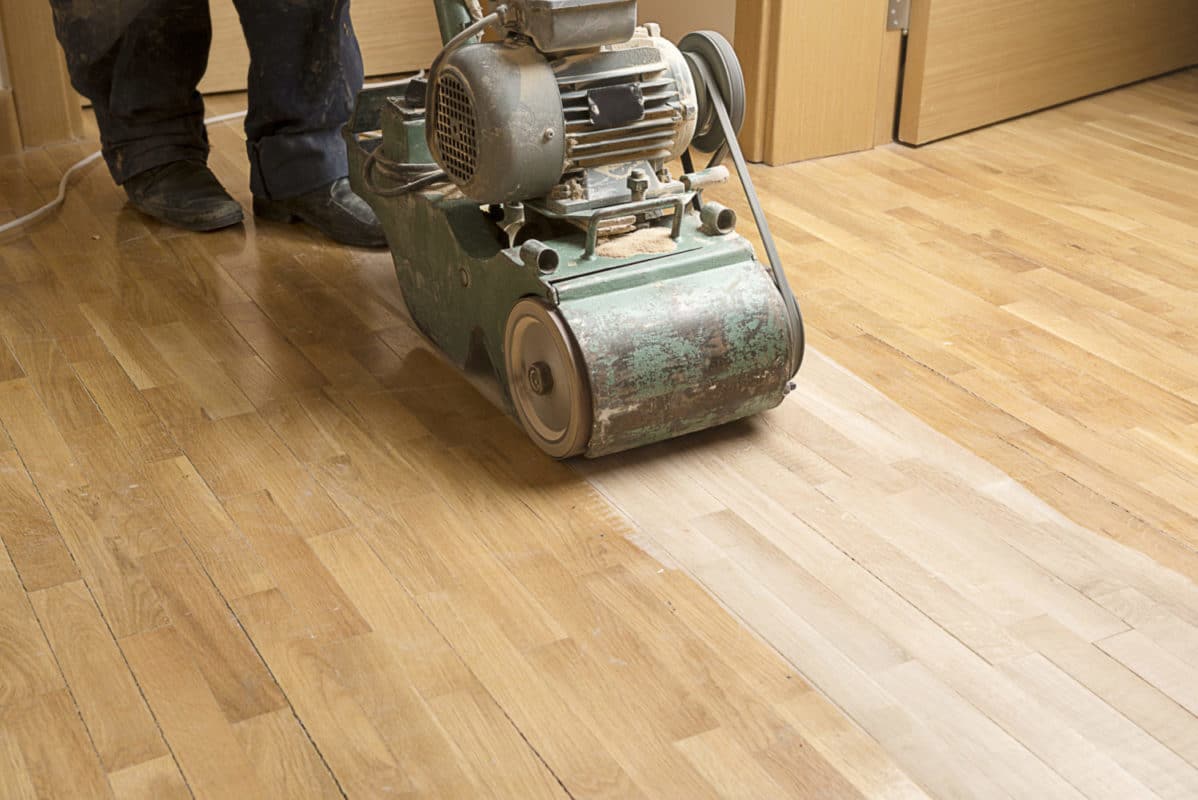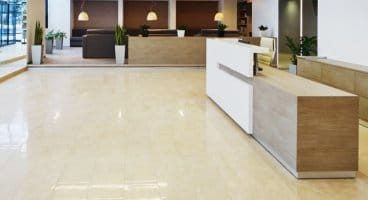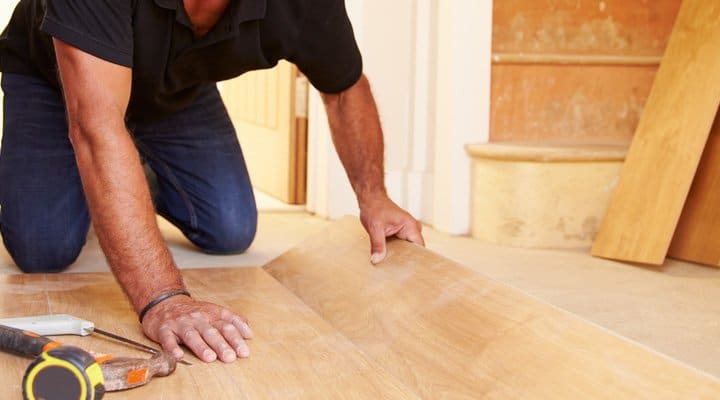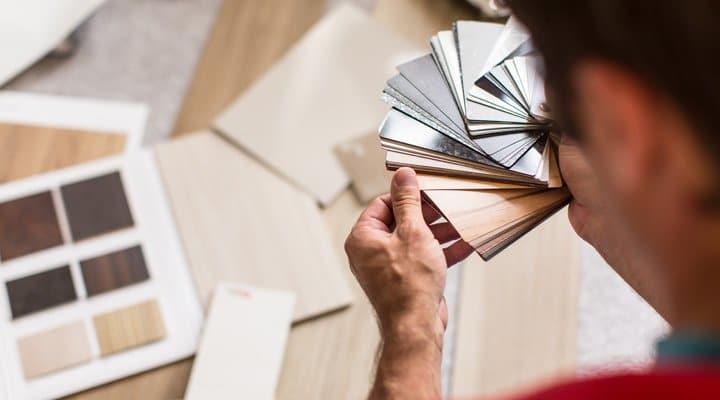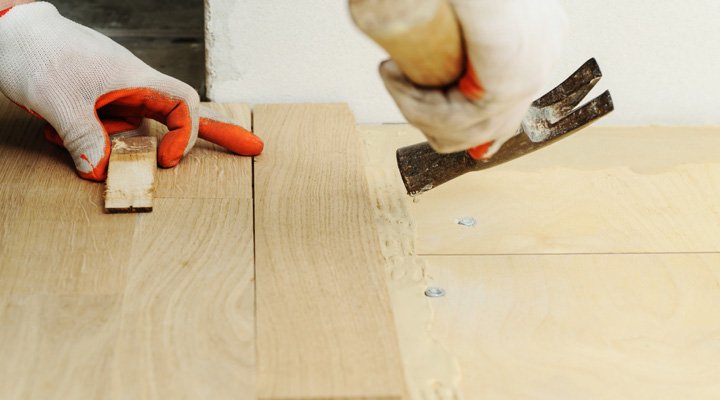

31 Jan Sydney Residential Property & Renovation Statistics
What is the average price of a home in Sydney?
To say that housing prices in Sydney have risen by 4% over the last year would not fully encapsulate the housing market trends. Instead, we’ve been seeing counter-urbanisation from the city towards rural regions, resulting in property prices stagnating in the inner ring and greater growth in the outer suburbs. This is likely caused by the lack of urban population growth from international travel under our tight borders. Furthermore, the construction of a new airport in Western Sydney is making rural areas more accessible in the future.
Let’s revisit what Sydney looked like before COVID-19. With the median national property price hovering at $549, 918 as of early 2020, Sydney claimed the gold medal for the highest average housing prices at $873, 924 according to Budget Direct. With the housing prices stagnating in the urban areas, confidence is beginning to waver especially amid the pandemic.
In the grand scheme, this will only be a small hiccup in the property market, especially as nations begin rolling out the Moderna and Pfizer vaccines. The revival of international travel and greater immigration into Australia will once again produce the demand for housing, which in turn sustains our property market. Sydney housing prices are forecasted to rise an average of 14% by 2023 by the Australian Financial Review. As such, we can say with confidence that COVID-19 won’t leave any long-term impacts on the Australian property market.
What affects the value of a home?
We will need to put on our economist hat to explore the factors which affect the value of homes in certain geographic locations, but we’ll also have our real estate lens ready for individual property appraisals.
Macro Price Factors:
- Population Growth. The first thing we must understand is that a particular area’s housing value is largely proportional to the level of demand. That is the change in population. As the population is always rising (Sydney pop. expected to rise by an average 1.85% annually), we can expect the median house prices to also rise.
- Government/Bank: The Australian government plays a significant role in influencing the housing market through interest rates (Monetary Policy). When interest rates change, the level of borrowing will also change accordingly. When money is cheaper to borrow, people borrow more and spend on assets like housing. Once again, the levels of demand impact the price. (Currently, the interest rate is 0.1% all-time low, which puts upward pressure on the housing market.)
- Economic Performance: The domestic business cycle rises falls in a cyclical motion every 5 and a half years, which measures the level of spending in our economy. 2020 has been our lowest bust, meaning that spending will slowly rise over the next few years. This is great news for the long term housing market.
Individual House Factors:
- Accessibility. It goes without saying that the property’s proximity to shopping centres, transportation and other facilities have an insurmountable impact on land value.
- Aesthetics. The first impressions of the street and exterior play an important role in the valuation of homes. Well designed houses are always in higher demand and hence can fetch higher prices. This is evaluated before a customer even sees the interior which matters just as much.
- Neighbourhood. The crime rate and suburb reputation can impact the price of homes. Make sure the neighbourhood is friendly with low criminal activity.
- Multiplicity. Homes which have a unique design and are difficult to replicate due to strata regulations are evaluated higher than those which can be easily duplicated.
What are the Most Expensive Items of Homeownership
Sometimes, real estate agents attempt to portray the raw house price as the only cost involved when you purchase a property. That is the furthest from reality. Whether you are looking for your first home or an investment property, make sure that your financing can account for these main cost centres.
- Mortgage Repayments. The term mortgage is derived from French, translating eerily to ‘Death pledge’. Lest it actually becomes a death pledge. The interest you pay adds up to a very significant sum.
- Stamp Duty. Commbank’s Stamp duty calculator shows that purchasing a property other than the first one will incur a $20369 fee for a house worth half a million, which is approximately 4% of the total cost. During the 2020 Federal Budget, NSW Treasurer Dominic proposed change, which may see stamp duty replaced by an annual property tax in the foreseeable future for better or worse.
- Home Insurance. Let’s face it. Nobody wants to pay insurance, and yet we unanimously end up joining. Canstar predicts that the annual insurance in NSW for a $550000 house would be $1117, and contents of $50000 are $413. Probably a worthwhile investment if your property is in the blue mountains, considering the bushfires in 2019.
- Pool Maintenance. Sydney’s pool ownership has been rising alongside the rest of Australia. 15% of homes in NSW owned a pool as of November 2018. Domain explains that the maintenance cost of a 32 square metre pool will cost about $1400 per year. This can vary depending on water fees, heating cost and pumping.
- Outdoor Decking. Everybody loves to enjoy the outdoors on decking, but nobody loves paying $40 per square metre for sanding and polishing, which is usually an annual necessity for timber deckings. This can easily surpass $1000 for decking larger than 25 square metres. Note that there are innovative Composite WPC Decking materials which don’t require sanding and polishing.
- Home Upkeep. balance uses a ‘1% Rule’ which explains that maintenance costs of owning a home for a year approximate to 1% of the total property value. Whether it’s a broken wardrobe, countertop, scratched flooring or carpet replacements (recommended every 8 years), these will amount to approximately 1% annually.
What is the average cost of Various Household Renovations?
How do our current Sydney home prices compare with purchasing a lower-valued property and renovating it to boost its worth? A full house renovation can go well over $300 000. We’ve listed out the average cost of common household renovations.
- Flooring. This is by far the lowest and biggest hanging fruit when it comes to developing your property. The first thing home buyers look at when they walk into a room is the floor. If it’s worn and scratched, the value will plummet regardless of how nice everything else is. The cost of floor renovations can range significantly as there are so many options in the market.
- Solid timber flooring can be fetched at around $100/sqm and will continue to appreciate over time. This option has the highest ROI.
- Laminate flooring can be as low as $20/sqm, great for rental properties for its durability.
- Hybrid flooring is approximately $40/sqm. Often selected for its 100% waterproof properties, it can even be installed in kitchens and bathrooms.
- Bamboo flooring is priced around $55/sqm and is a greener option with high durability and natural beauty.
A single room flooring job will be around $1000, whereas a whole 200 sqm house renovation can go up to $20 000 depending on material and stairs. Learn more about which flooring type maximises property value.
- Furniture. A great way to freshen up a house is by replacing old furniture with newer modern styles. One bedroom can cost $2800 on average to refurbish, and a living room around $5850 from retailers according to Furnisher. Discover interior design with furniture and flooring.
- Kitchens. Many refer to the kitchen as the heart of the home. True to the name, it is the most walked room. Sydney Renovations Shire estimates that appliances alone can cost around $5800 for a mid-range upgrade. A full structural renovation (Benchtop, sink, cabinets etc.) can cost up to $40,000 including materials and labour. As there are so many individual components, it is good to tabulate all the costs so they remain within your budget, view our detailed kitchen flooring guide to decide what option is best.
- Master Bedroom. Nothing yells luxury quite as much as climbing out of bed in the morning and grabbing a coat from your walk-in wardrobe before heading straight into an ensuite bathroom. A walk-in wardrobe costs around $10,000 and a premium ensuite bathroom can cost upward of $25,000 according to Better Homes and Gardens. The bedroom itself can easily be renovated at a more economical rate, as refurbishing usually makes up the main changes.
- Decking. Outdoor deckings used to require expensive annual sand and polishing to maintain. However, new composite materials have made it easier to have low maintenance deckings which can last up to twenty years without sanding and polishing. FloorVenue believes decking is a great way to enhance your backyard, which is just as important as the inside of the house when it comes to property valuation. With a cost of $80 per square metre for supply and $40 per square metre for installation, decking flooring installations that are made of solid timber can be a great long term investment.
- Swimming pool. This is definitely a higher cost investment, as it includes digging, fibreglass materials and installation of water systems. Canstar breaks down the costs, whereby the cost of residential in-ground pools can cost anywhere between $20,000 up to $100,000 depending on size and material. Paving around the pool can ramp up the price by another $5000. Note that if you are planning on building a pool to increase the housing value, studies have shown that the return on investment is approximately proportional to the cost of installing the pool itself. This means you won’t lose anything, but there isn’t much to gain either.
Conclusion: Is Sydney’s property market a good investment?
Short answer: Yes.
Despite the catastrophic year of 2020, Sydney’s property prices, in particular, have been very resilient under the economic hiccups. This is because the macro housing market rises according to the population level, which will continue to increase despite a significant reduction in immigration which made up 29.7% of our population growth in 2019 (Source: ABS). The COVID-19 vaccination rollouts are signalling that the housing market will stabilise in Australia as international borders will begin reopening.
“Since the mid-2000s, strong population growth has played an increasing role in explaining housing price growth.” – Reserve Bank of Australia. (Marion Kohler and Michelle van der Merwe)
With 2025 and beyond projected to be much much more stable than the years before, it is safe to say that Sydney’s property markets will continue to improve and hence remain on the good investment list.

